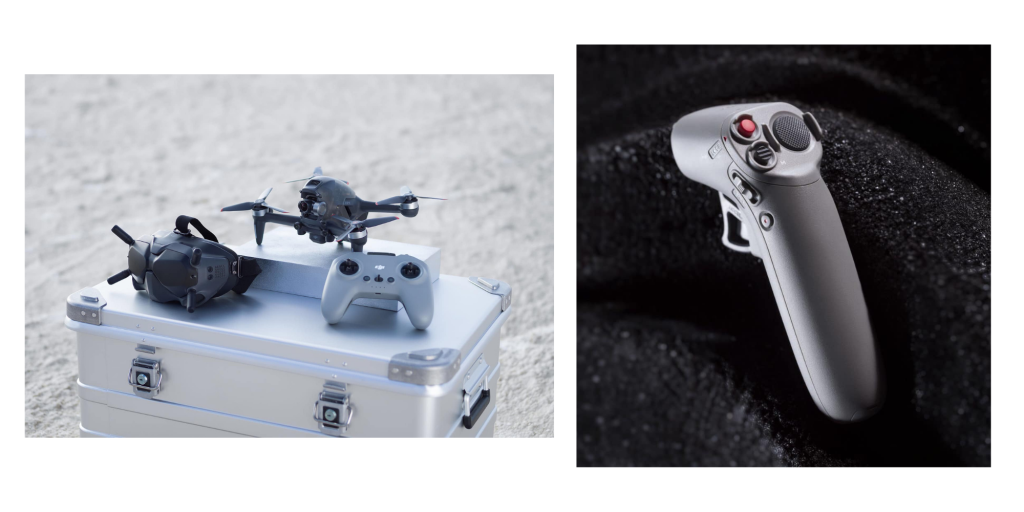Und noch ein Unboxing.
Gruß Gerd
Gruß Gerd
ACHTUNG: Mit der neuen EU Drohnenverordnung muß sich jeder Drohnen-Betreiber beim Luftfahrtbundesamt registrieren und seine Drohne mit der e-ID kennzeichnen! Ein passendes Kennzeichen bekommst Du hier im Shop. Außerdem benötigst Du eine Drohnen-Versicherung. Hier geht es zu unserem Drohnen-Versicherungsvergleich. Informationen zum neuen EU Drohnenführerschein gibt es hier.

Dieser Beitrag wurde bereits 1 mal editiert, zuletzt von Sascha3580 ()
Dieser Beitrag wurde bereits 1 mal editiert, zuletzt von DroneFuchs ()


gsezz schrieb:
Es steht doch im Text dass man den Stick für Yaw dreht
B69 schrieb:
Yaw will require you to rotate the controller
Dieser Beitrag wurde bereits 3 mal editiert, zuletzt von quadle ()


DroneFuchs schrieb:
4. Usability
Unlike with most hobby-grade drone equipment, usability of the full system is a top priority. DJI has taken great care to ensure the freestyle-like experience is also seamless and easy to access for all users. Some of the expected usability (and safety) features include lighting, smart return-to-home, low battery return-to-home, and both forward- and downward-facing obstacle avoidance sensors. DJI has also brought a few new tricks to the table.
5. Emergency Brake
Freestyle is difficult and intimidating to learn. The controls are very powerful and allow vast freedom of movement, but it is very easy to crash until you are familiar and comfortable. Crashes can even be dangerous and costly. The DJI FPV drone mitigates the risk with a panic button. When you activate it, the drone goes into full stabilization mode to set itself upright and hover in place
skyscope schrieb:
Zum möglichen Preis:
Das DJI aktuell die Euro-Preise auch bei den anderen Produkten an die Dollar-Preise anlehnt, würde ich also mal von 1.299 bis 1.399 € ausgehen.
_Markus_ schrieb:
Normalerweise wäre ja im April ein neuer Kopter fällig
2 Besucher
